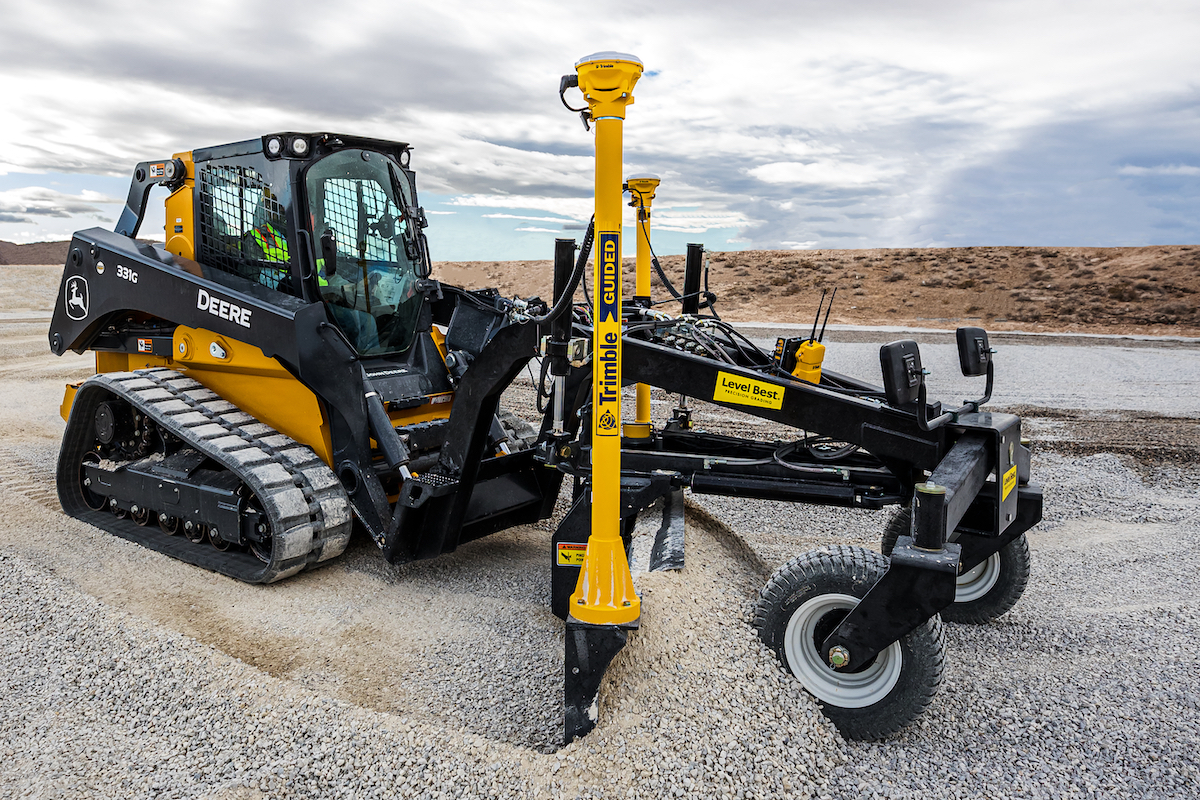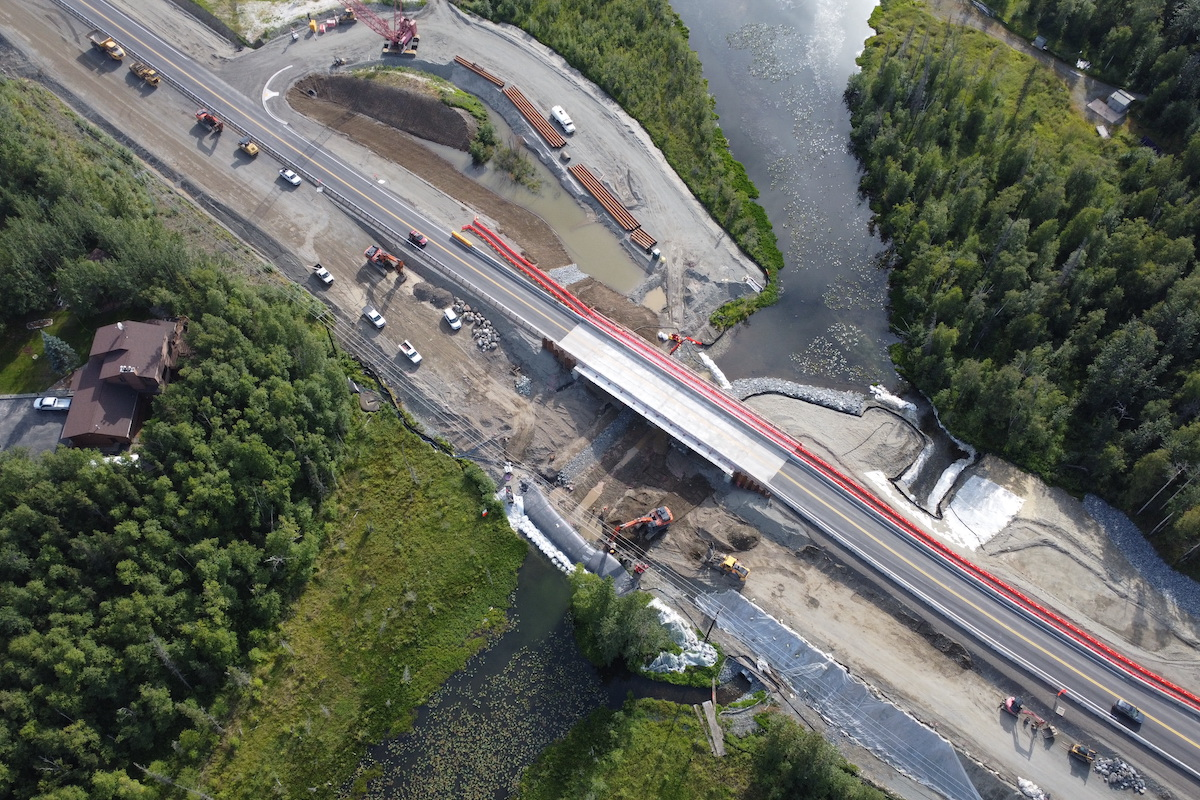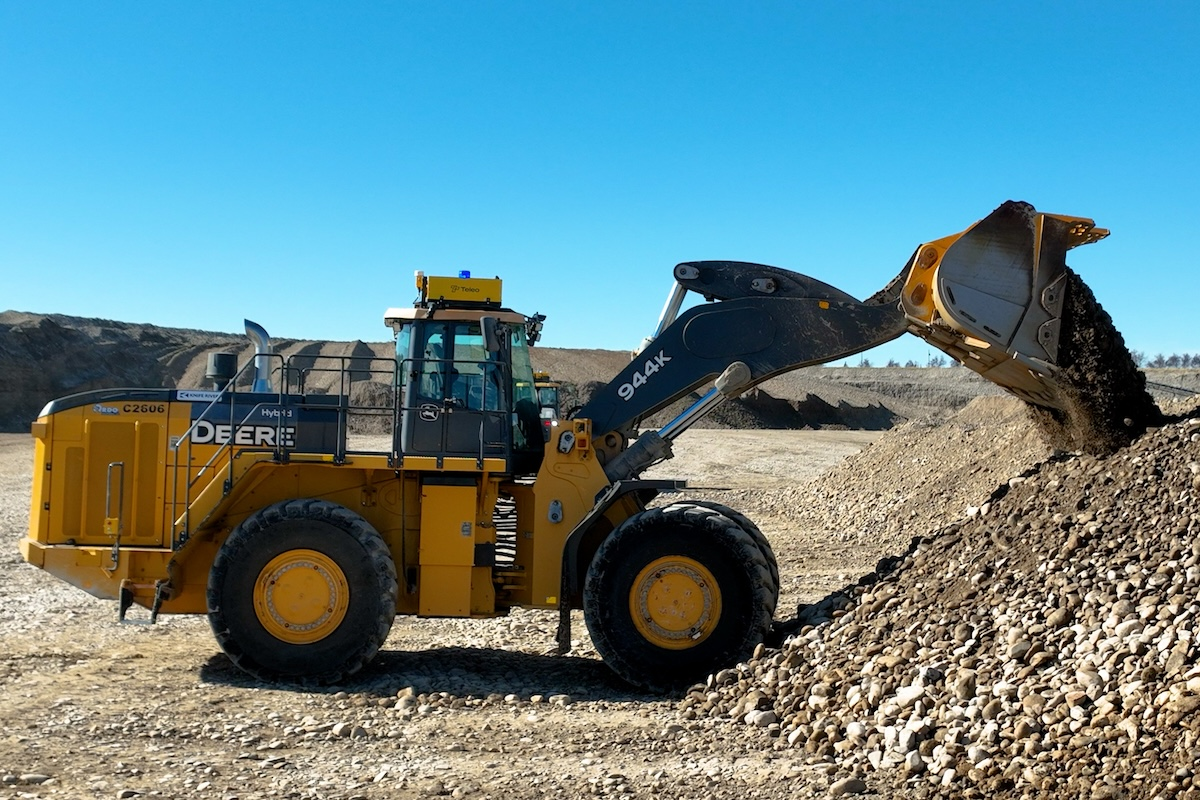There are many reasons tires are removed from service outside of normal wear – ranging from driver- related behavior, to running the wrong type of tires in a particular application, to vehicle condition such as alignment or worn suspension components.
The good news is, it’s relatively easy to identify many of the issues that lead to early tire removal by analyzing the tires. By pinpointing common reoccurring problems, you can make decisions that will help prolong the life of your tires moving forward. Plus, you can find tires that best fit your operation.
The value of a scrap tire program will vary from fleet to fleet, but those with a laissez-faire approach to tire programs might be missing out. Most construction fleets can save hundreds, if not thousands of dollars by taking the information gained through scrap tire programs and applying that knowledge when making fleet-wide decisions.
As beneficial as scrap tire analysis can be, few fleets take advantage. In my career working with fleets, a small percent take the time to inspect their scrap tires on a regular basis. In fact, when asking the industry’s highest performing fleet tire service providers what the most effective way to reduce a fleet’s overall maintenance spend is, the answer is almost always, consistently analyzing the scrap tires. While this is the most effective way, there is nothing easy about going through scrap tires. They’re dirty, heavy, often kept outside and in some extreme cases of badly damaged tires, they bite.
So, what does it take to develop a solid scrap tire program? And, what exactly can you expect to find? Here’s a glimpse.
A key step while making your initial inspection is making sure the tires are inflated. Why? Because if a tire failed due to a puncture or slow leak, it may be difficult to find the problem area if it’s flat. Inflating flat tires is a must.
A good reference is the Radial Tire Conditions Analysis Guide by TMC. It contains all sorts of information, photos of all kinds of tire conditions, and the probable causes. Other resources are readily available on the Internet and should help steer you in the right direction.
Tires that have worn evenly down to your “pull point” and are ready for retreads should be set aside in their own area so that they can’t be mistaken for scrap. There’s really no magic number for what percentage of the tires removed should be retreadable. It varies significantly from one fleet to the next. The key here is to identify causes and trends. Over time as you regularly go through your scrap tires and implement program improvements, you should see an increase in the percentage of tires that can be retreaded.
When it comes time to perform a scrap tire analysis, see if your tire dealer can help. It’s nice to have an industry expert with you – they’ll likely catch things you miss or confirm the reason a tire was removed from service. After all, they’re probably looking at hundreds of tires per day coming in from dozens of customers. Whatever you’re seeing, they’ve probably seen many times before. If you’re a large operation, say 100 or more trucks, you should inspect your scrap tires every month. Fleets under 100 should check once every quarter for at least the first few cycles.
The information you record when you analyze your tires will make or break your entire program. Be consistent with what you’re recording. The potential cost savings are found by identifying recurring issues that lead to early removal. A few random tires that have uneven wear won’t tell you much. Unevenly worn tires continuously pulled from a specific truck, with a particular tire brand, along a specific route, or with the same driver, will provide the information you need to narrow down the cause and effect.
Using a spreadsheet allows you to stay organized when you record and save information. That way you can run reports and easily compare current and past tire analysis results. Without one, it’ll be difficult to find opportunities for improving your tires’ performance. The more information you have, the better off you will be. Here’s a general outline of some of the information you should take down when you inspect your tires:
- Truck unit and tire position
- Tire brand type
- Number of retreads
- Last retread DOT/date
- Number of repairs
- Remaining tread
- Tire size and load rating
- Name of driver (if applicable)
- Reason the tire was removed
With this information, you can essentially track all of your tires. Say you see a set of the same tire brand/model consistently being removed early. By knowing that, you can sort through the information you’ve recorded in your spreadsheet to see if they share a common pull factor that could explain the early removal from service.
Driver Behavior
If you notice damage to your tires’ sidewalls, signs of hard braking or flat spotting, or damage caused by underinflation, a driver may be responsible. If you notice a wide-spread curbing issue, you may need to concentrate driver training efforts in this particular area to improve their driving habits. If your sidewalls are getting cut or torn, one or more of your customers or jobsites may have a sharp curb, rebar, or debris causing damage to your tires. If you see a unique damage pattern occur, try to find out if those trucks haul to and from the same customer site.
Issues with trailer flat spotting might mean drivers are rushing through their pre-trip inspections. Flat spotting, as of late, is becoming a growing concern in the industry. Some newer trailers are equipped with smaller air hoses that inflate trailer air brakes at a slower rate so air tanks aren’t fully filled. If drivers start their trip before air brakes release, they will drag the tires across the pavement.
Maintaining optimal tire inflation is the single most important thing you can do to extend the life of your tires. If you’re seeing a number of tires with irregular tread wear, or a change in color in the lower sidewall or flattening of the bead area, that may indicate that tires are underinflated. If you identify this as a common issue, you may need to audit the effectiveness of your pre-trip inspection training program.
Application
Truck make and model play a role in tread wear. Not all trucks are spec’d the same – even trucks that share similar horsepower and torque ratings handle the power generated in their own way. Because of this, a tire may not wear the same on two different brands. What’s more, geography and job use can have drastic effects on tire wear. If, for example, a truck is hauling block to construction sites in Colorado, the road conditions, terrain, and other factors will likely impact the tire’s wear differently than a truck in the same fleet hauling the same block to sites in Texas
Terrain and topography aren’t the only environmental factors that can impact tire wear. Some states, such as Florida, use exceptionally coarse aggregates in their pavement. This coarse pavement combined with high heat often leads to unusually fast wear rates. Operating both on and off paved roads can be particularly problematic, especially in regions with granite and other very hard stones. Long wearing highway tires are typically not as effective as vocational tires when it comes to rejecting stones. Not only can hard stones chip away at the rubber, a stone that gets lodged into a tread groove can drill through the rubber into the steel belts causing that casing to be unretreadable.
High speeds might also be a concern as some vocational tire products with aggressive tread patterns may have a maximum speed rating. Before choosing a tire for a specific application, be sure to check the manufactures documentation to see if there is a maximum speed for that product. This is especially important in the northern mountain states where speed limits and length of haul are greater than the rest of the country. You may discover a particular tire brand is not well suited to a particular region. But, before you blame the tire, make sure that your psi specification and maintenance program match the needs of that operation. Your tire dealer should be able to come up with solutions to achieve the over-the-road results you seek to meet your fleet’s varying needs.
Tire Maintenance
How confident are you in your fleet’s tire maintenance program? Are your tires regularly rotated, aligned, and checked for punctures? Are your duals properly mated? Your scrap tire analysis will let you know how you’re doing.
If you notice excessive toe wear, that’s a distinct indication of a truck that is out of alignment or has worn or damaged mechanical components. Additionally, when you pull trailer tires and see signs of weathering or ozone cracking, check the tire date code. It’s likely those tires are nearing or past their serviceable date. When your trucks come in for preventive maintenance, it’s a good idea to spend some time checking the conditions of tires and make adjustments accordingly to better ensure proper wear.
Of the tires that are sent in to be retreaded, what percent are typically rejected? Is the reject percentage going up or down? What are the most common reject causes? It’s important that you regularly audit the tires that are rejected, especially if your rejection rate seems high. Ask for the rejected tires back from your retreader so that you can perform a tire analysis of your own or have your retreader hold the tires until you can inspect them together. You may be surprised what you find.
Another benefit of performing scrap tire analysis is that you can recover more on warranties. For example, if a retreader missed a nail hole during a retread and you experienced issues with that tire, you’re more likely to discover the retread failure and claim the warranty.
If possible, every time a driver has to replace a tire on the road, have them save the tire rather than discarding it. When performing a tire analysis, you may find that the cause of removal was something other than a puncture. If the tire is thrown away, you miss the opportunity of finding the true reason for the failures.
Scrap tire analysis can provide you a wealth of knowledge that can help you make better decisions with regard to maintenance, tire selection, retread specification and driver-related programs in your fleet. There is always more to be learned about your tires as you perform these analyses. Over time, you may be able to pick between a couple tire brands that provide the longest life to removal, fuel economy, retreadability or other factors that best fit the needs of your fleet. Knowledge is power and the reward is certainly worth the effort.







































































